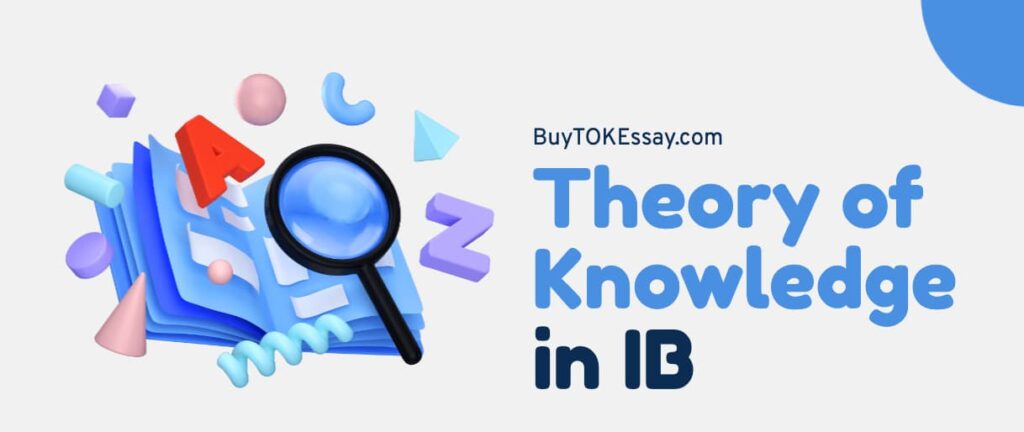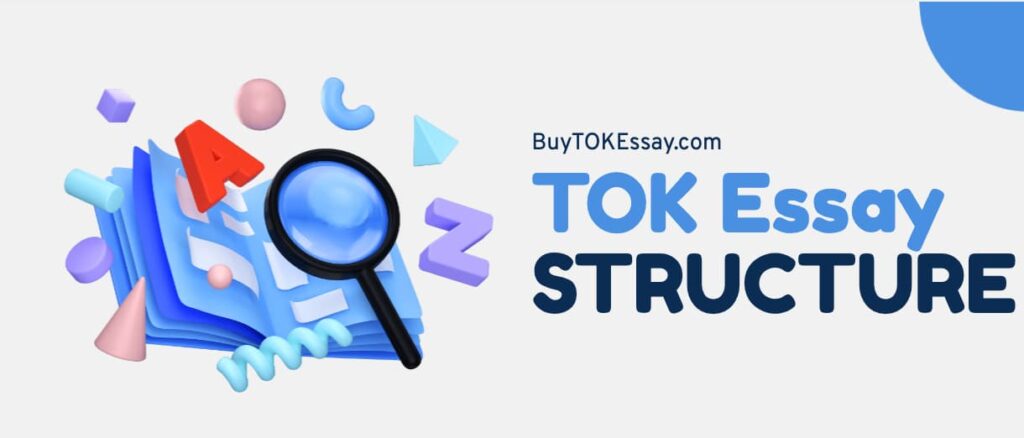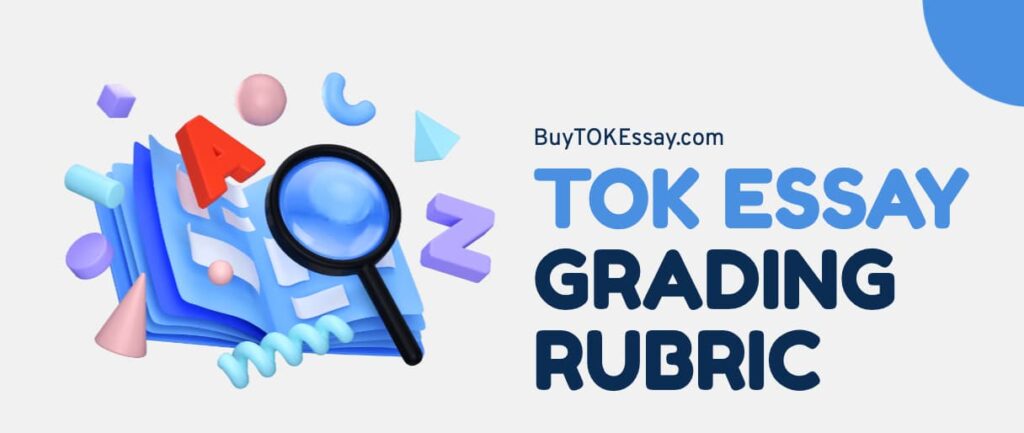Throughout my involvement with the IB curriculum, I’ve consistently seen how the TOK exhibition can significantly shape a student’s experience. A critical aspect of this is selecting the right TOK exhibition objects.
When chosen aptly, they can effectively convey the essence of your Theory of Knowledge presentation. With years of experience, I’m eager to offer some insights and suggestions.
- What are TOK Exhibition Objects?
- Inspiring TOK Exhibition Objects Examples
- How to Choose Objects for the TOK Exhibition?
- Need help with your IB TOK Exhibition?
- TOK Exhibition Object Suggestions to Spark Your Creativity
- 1. Prompt: What Defines Knowledge?
- 2. Prompt: Is Some Knowledge More Valuable than Others?
- 3. Prompt: What Aspects of Knowledge Affect Its Trustworthiness?
- 4. Prompt: On What Basis Might We Challenge a Statement?
- 5. Prompt: What Serves as Solid Proof for an Assertion?
- Final Tips for Students: Making the Most of Your TOK Exhibition
What are TOK Exhibition Objects?
The TOK exhibition is at the core of the Theory of Knowledge (TOK) experience in the IB curriculum, a unique opportunity for students to showcase their deep understanding of the course’s intricate concepts. Central to this exhibition are the objects chosen by the students. These aren’t just random items picked up for display. Instead, they serve a higher purpose.
Each object manifests the student’s thoughts, insights, and arguments. It acts as a visual representation, translating abstract concepts into something tangible and relatable. Over my years as an IB enthusiast, I’ve been fortunate to witness a vast array of TOK exhibition objects, each telling its own story, each effectively conveying a myriad of complex ideas.
Differentiating Between Effective and Less Effective Objects
The beauty of the TOK exhibition lies in its diversity. Each student brings forth a unique perspective, and their choice dramatically influences the impact of their presentation. According to general IB criteria, merely picking an appealing object isn’t enough. The selection process demands careful consideration and a deep understanding of the TOK themes.
It’s paramount to select objects that resonate with your chosen theme. But beyond that, in my experience, the most impactful things are those that evoke emotion, provoke thought, and engage the audience. It’s about finding that perfect balance between relevance and intrigue. Effective TOK objects for the exhibition should be a conversation starter, prompting deeper discussions and reflections on the TOK theme.
On the other hand, less effective objects often miss the mark because they might be too generic or lack a clear connection to the theme. In some cases, students might choose visually captivating options but need help getting into the depth or complexity of the TOK concepts. It can lead to a surface-level exhibition, lacking the depth and richness the IB curriculum encourages.
Inspiring TOK Exhibition Objects Examples
Through the myriad of TOK exhibitions I’ve had the privilege to witness, particular objects have left indelible impressions, demonstrating the vast creative potential of IB students worldwide. These exhibitions shine brightly due to the students’ impeccable knack for marrying their object choices with their chosen themes.
Most Popular Objects Used in Past Exhibitions
Over the years, I’ve noticed some objects gaining a “celebrity status” among TOK exhibitions. Here’s a list of some recurrent options and their likely interpretations:
- Globe. Often used to discuss perspectives, global interconnectedness, or cultural biases.
- Mirror. A popular choice for discussing self-awareness, perception, and identity.
- Antique Clock. Frequently chosen to get into concepts of time, history, and the nature of knowledge over time.
- Chess Set. Illustrating strategy, decision-making, and the consequences of a single choice.
- Books in Various Languages. Touching upon language as a way of knowing, barriers in communication, and the diversity of knowledge.
While these objects have graced numerous exhibitions, the unique interpretation of each student breathes new life into them every single time.
Objects to Use for TOK Exhibition: Innovative Ideas
Beyond the tried and tested realm lies uncharted territory – a space with potential for fresh TOK exhibition objects and ideas. Here’s a list of some novel options to consider:
- VR Headset. Discuss the evolution of technology and its impact on how we perceive reality.
- Seed and a Full-Grown Plant. It is a beautiful representation of growth, potential, and the nature of life.
- Lighthouse in Fog. Representing the beacon of knowledge in a world full of ambiguities, uncertainties, and the constant search for clarity amidst confusion.
- Set of Headphones. Reflecting on selective hearing, focus, and the influence of media in shaping our views.
- Tapestry of Threads. Each thread could represent a different knowledge stream, forming the understanding fabric.
It’s crucial to remember that while the object holds importance, the narrative around it genuinely makes the difference. Whether opting for popular choices or venturing into innovative territories, the essence lies in aligning the object with your theme and presenting it with passion and clarity.
How to Choose Objects for the TOK Exhibition?
The process of crafting an impactful TOK exhibition is undeniably intricate. A significant part of this process revolves around selecting the most appropriate options. So, how do you pinpoint the good objects for a TOK exhibition?
The selection process is both an art and a science. It requires a blend of intuition and a systematic approach.
Critical Considerations Before Making a Choice
Understanding the TOK theme ensures your TOK exhibition stands out. But that’s just the beginning. From my experience, it’s also essential to visualize the practical aspect of using the object during your presentation. Ask yourself: How will I present it? How does it relate directly to my topic? Will it effectively convey my argument or perspective?
Common Mistakes and How to Avoid Them
One common pitfall I’ve observed among students is the tendency to opt for an object simply because it was a hit in a previous exhibition. How to solve such a problem? While it might be tempting to go with tried-and-true choices, giving your TOK exhibition its voice and flavor is crucial. Your selected object should provide a fresh perspective and seamlessly align with your theme.
In addition, avoid over-complicating things with objects for the TOK exhibition. Simplicity, when paired with depth of thought, can be remarkably effective. While an intricate or unusual object might seem appealing, always ask if it adds value and clarity to your exhibition.
Lastly, always remember that the best objects for the TOK exhibition support and enhance your arguments, not overshadow them. Choose options that complement your ideas rather than compete with them.

Need help with your IB TOK Exhibition?
Unlock your potential and unleash the brilliance of your TOK exhibition with the help of our experts at BuyTOKEssay.com! Whether you’re starting from scratch or fine-tuning your existing TOK exhibition to meet the demands of your supervisor, our team is here to make your dream of a perfect paper a reality. Say goodbye to writer’s block and hello to success with just one click.
TOK Exhibition Object Suggestions to Spark Your Creativity
As you prepare for your TOK exhibition, the challenge often lies in selecting objects that resonate with your chosen theme and captivate and intrigue your audience. Use these suggestions with prompts as a starting point to guide you in making choices that reflect both depth of thought and breadth of imagination. So, below you find TOK exhibition objects ideas.
1. Prompt: What Defines Knowledge?
Object 1. The Rosetta Stone, a significant archaeological find, provided the key to understanding Egyptian hieroglyphs — a script of small pictures used in ancient Egypt for religious texts.
Object 2. Modern encyclopedias represent a compilation of human knowledge across diverse fields and subjects.
Object 3. The Gutenberg Press revolutionized the dissemination of knowledge, making books accessible to the masses and fostering a learning culture.
2. Prompt: Is Some Knowledge More Valuable than Others?
Object 1. A violin is invaluable to a musician for its sound and history but is an ornate object to someone else.
Object 2. A cookbook might be deemed invaluable to a chef, while a space researcher might find it less significant than a book on astrophysics.
Object 3. Penicillin, as the first proper antibiotic, has transformed medicine and saved countless lives, showcasing the value of medical knowledge.
3. Prompt: What Aspects of Knowledge Affect Its Trustworthiness?
Object 1. A barometer, instrumental in predicting weather, demonstrates the need for precise instruments to provide reliable data.
Object 2. A modern GPS showcases how real-time data and satellite communication can accurately pinpoint locations, but glitches or outdated maps can lead to misdirection.
Object 3. An abacus, as an ancient counting tool, signifies that even rudimentary tools, if used correctly, can provide reliable results.

4. Prompt: On What Basis Might We Challenge a Statement?
Object 1. Galileo’s telescope, with which he observed the moons of Jupiter, challenged the prevailing geocentric view of the universe.
Object 2. Traditional herbal remedies, while hailed in many cultures for their healing properties, often face scrutiny and doubt from modern medicine.
Object 3. The Wright brothers’ first airplane was met with skepticism until they showcased its flight, transforming transportation forever.
5. Prompt: What Serves as Solid Proof for an Assertion?
Object 1. The Dead Sea Scrolls serve as historical testimony, offering insights into early Christian writings and Judaism.
Object 2. DNA sequencing, a tool used in modern genetics, provides irrefutable evidence in various fields, from paternity tests to forensic science.
Object 3. The red and white blood cell count in medical tests gives undeniable evidence of one’s health status, often guiding critical health decisions.
Final Tips for Students: Making the Most of Your TOK Exhibition
One lesson I’ve learned from witnessing numerous exhibitions is the importance of presentation. An effectively presented object can transform your work from good to outstanding.
And there is one more thing. An essential aspect of any presentation is audience engagement. The most memorable exhibitions are those where the presenter successfully connects with the audience, making the concepts come alive.
In conclusion, your choice of objects can significantly influence the success of your TOK exhibition. With the insights and tips in this article, I hope you’ll be well-equipped to make choices that resonate and impress. All the best on your TOK path!





